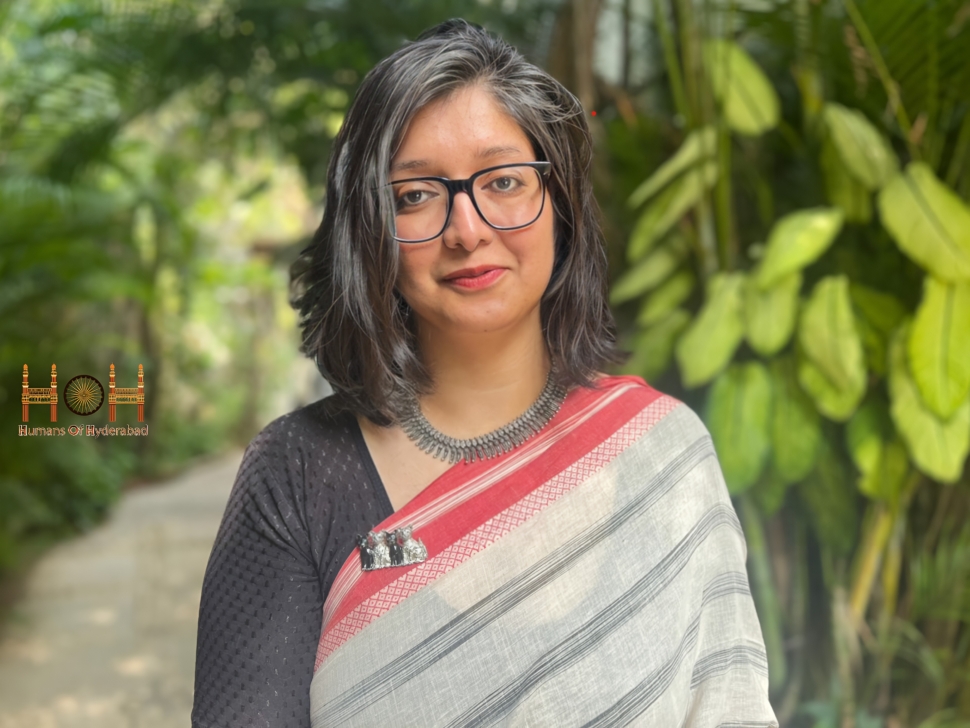“I’ve loved animals since childhood. My maternal grandfather used to rescue and adopt street dogs, while my paternal grandmother did the same with street cats. Like many kids, I once dreamed of having a sanctuary for rescued animals. Even as a little child, I would feed newborn puppies and their mother in our apartment. But I soon realised that waiting until I was older and wealthier to help animals didn’t make sense.
In 2009–2010, while working at Thomson Reuters in Hi-Tech City, I saw a dead buffalo lying on the road, with street dogs gnawing at its tail. It was horrifying, but I didn’t know what to do, so I did nothing. The municipality took the animal away. The next week, a dog lay dead in the same spot. A cab in front of mine ran over it again, as if the body didn’t matter. That moment hit me. I called myself an animal lover, but what was I actually doing? Could I expect others to care if I wasn’t taking action myself?
That day, I moved the dog’s body to the side of the road and called the municipality. It was a small thing, but it felt different—at least I had given the dog some dignity in death. But I didn’t want to stop there. I didn’t want to feel helpless anymore. I wanted to do something before suffering happened. I spoke to my parents, and they were very supportive. Soon after, I started volunteering at Blue Cross of Hyderabad. That was the beginning of my full-time journey in animal welfare.
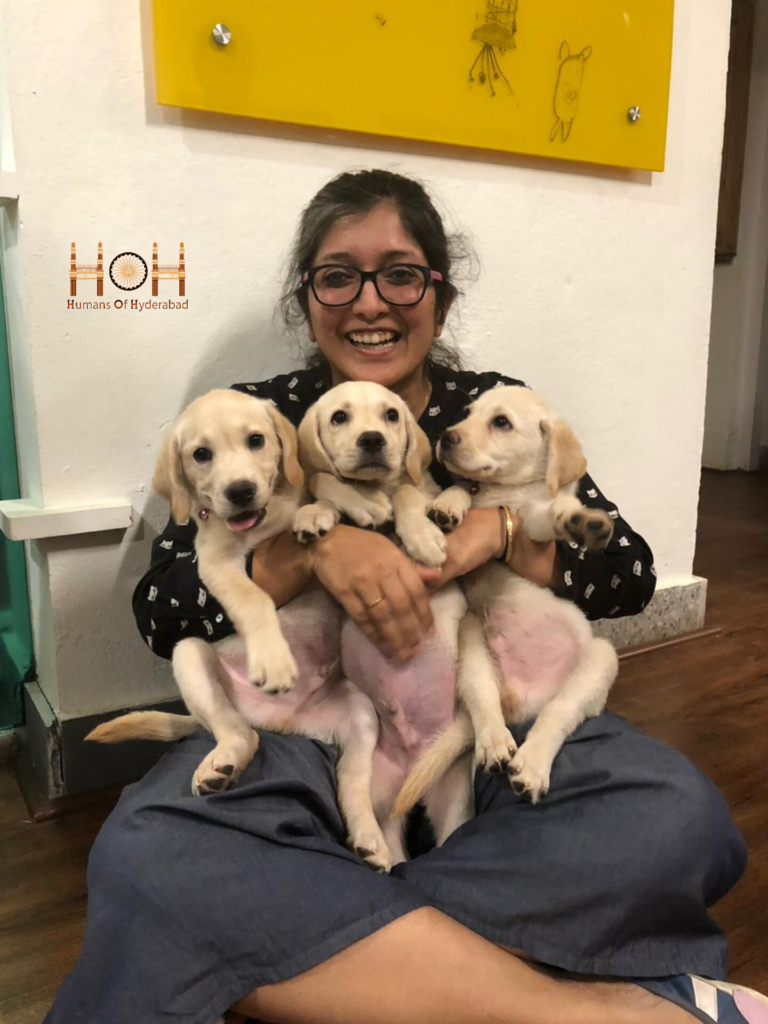
I have a postgraduate degree in Biotechnology. At first, it didn’t seem directly related to what I was doing, but looking back, it helped. The first campaign I worked on was about animal testing in India, and I ended up writing a paper on it. That led to a bigger campaign against testing cosmetics on animals. I worked closely with the Bureau of Indian Standards and the Central Drugs Standard Control Organisation. Eventually, we got India to stop testing cosmetics on animals and also ban the import of animal-tested cosmetics.
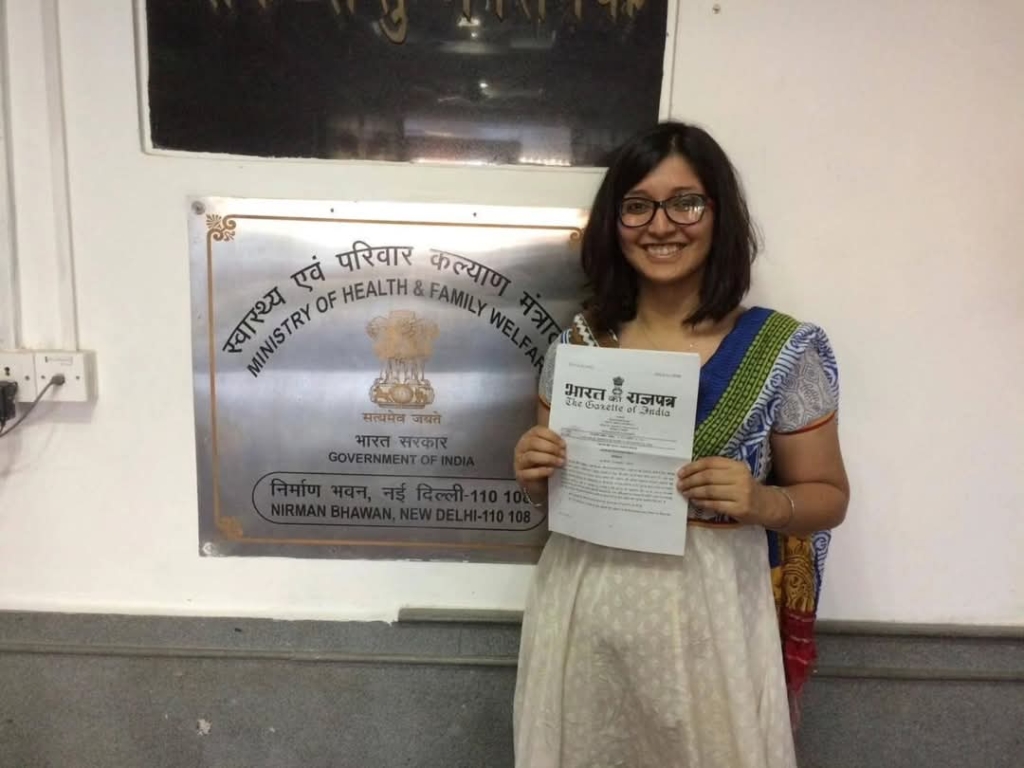
Leaving the corporate world to do this full-time wasn’t easy, but it felt necessary. Back then, animal welfare in India wasn’t as active as it is now. There weren’t many organisations working in this space, and I saw a chance to make a real difference, especially through policymaking. I was 24 at the time, so it was easier to take the leap. I gave myself a year to see if I could make something work, and I never looked back.
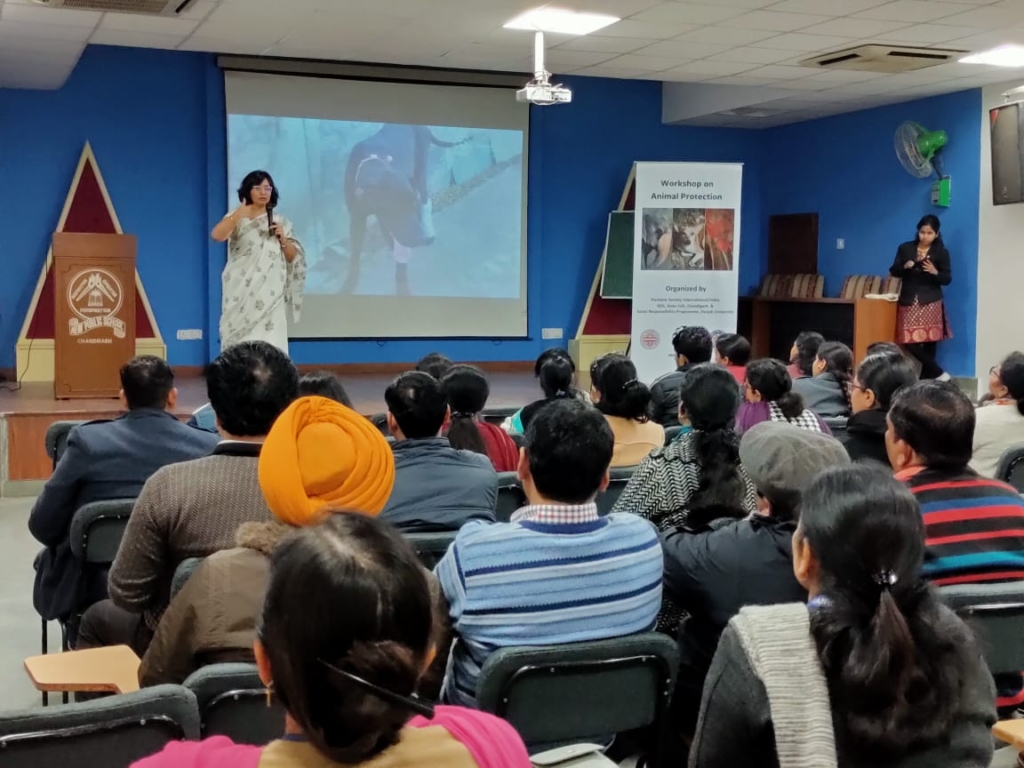
As the Managing Director of Humane World for Animals India (formerly Humane Society International/India), I’ve had the chance to work on campaigns that have made a real impact. Ending animal testing for cosmetics, securing funding for alternatives to animal testing, strengthening policies on shark finning, and pushing for important rules like the Case Property Rules and Livestock Market Rules—each step has mattered. We’ve also worked on reducing wildlife trade at events like the Sonepur Mela and addressing the mass animal sacrifice at the Gadhimai festival.
One of the projects I’m most excited about is our street-dog programme, which aims to reduce human-animal conflict and end rabies. We’re also working to keep elephants wild, prevent human-elephant conflict, and protect snakes in their natural habitats. But progress in animal welfare is slow. Something as basic as ensuring that hens raised for eggs have enough space to spread their wings has taken over ten years, and we’re still fighting for it.
What makes all of this even more meaningful is the team I work with. Many of my colleagues say this is the best organisation they’ve worked for, that it’s hard to leave because of the sense of purpose and belonging. Knowing that I’m working with such dedicated people makes all the difference.
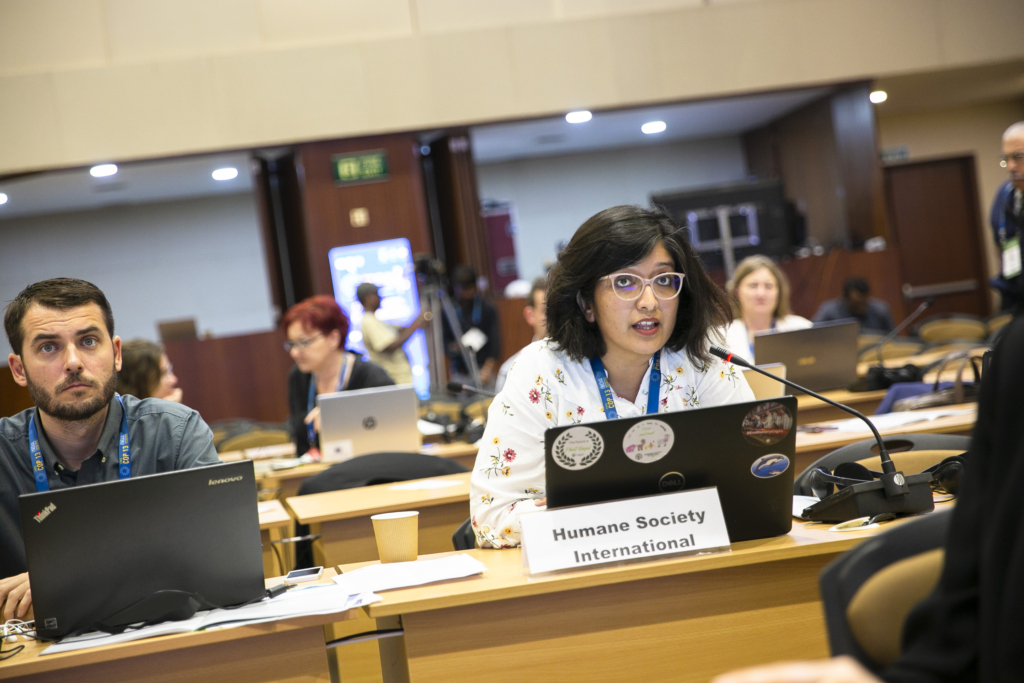
Over the years, I’ve come to value policy advocacy a lot more. Being part of various government and scientific committees has shown me how important it is to work with different groups. It’s easy to get so focused on one cause that everything else fades into the background, but real change happens when we bring more people into the conversation—especially marginalised communities, industry stakeholders, and policymakers. Messaging also matters. If we talk about animal welfare not just as a moral issue but as one that affects public health, livelihoods, and the environment, we get stronger support.
At Humane World for Animals India, we believe in strengthening the larger animal protection movement. That’s why we partnered with People for Animals Uttarakhand to support the Ahimsa Fellowship. This programme brings new people into the field, trains them in advocacy, and connects them to real-world opportunities. Many of my colleagues have gone through it, and we’ve also hired from the fellowship.
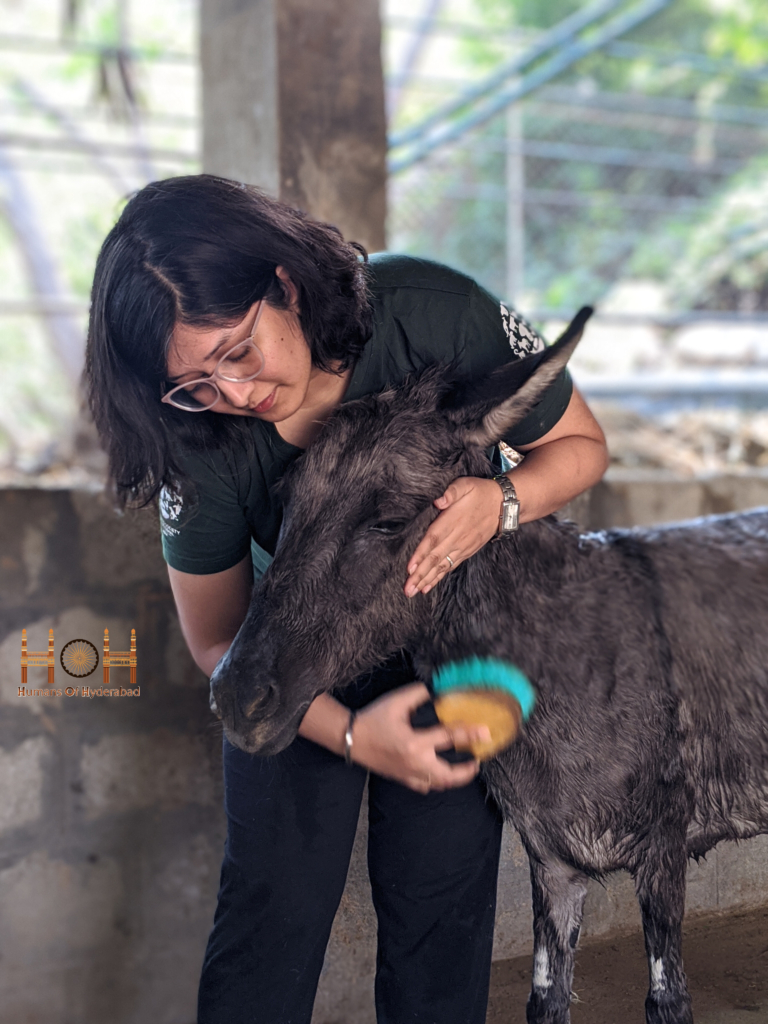
One of the biggest misconceptions about animal welfare in India is that it’s separate from human welfare. But everything is connected. Violence against animals often leads to violence against people, especially vulnerable groups like children and women. The way we raise animals for food impacts our environment and increases the risk of zoonotic diseases. Through research, education, and advocacy, we’re working to change these perceptions and push for policies that benefit both animals and people.
There were two moments in 2015 that made me rethink strategy and inclusion. The first was the unexpected support for Jallikattu. As a movement, we weren’t prepared for how strongly people felt about it, and eventually, it was legalised. The second was when the Gadhimai Temple Committee came to India and announced they would no longer sacrifice animals at the festival. Again, we hadn’t expected that. In both cases, our messaging hadn’t reached people beyond our immediate supporters. These moments reinforced the need to build broader, more inclusive strategies—ones that bring in different voices and create long-term change.
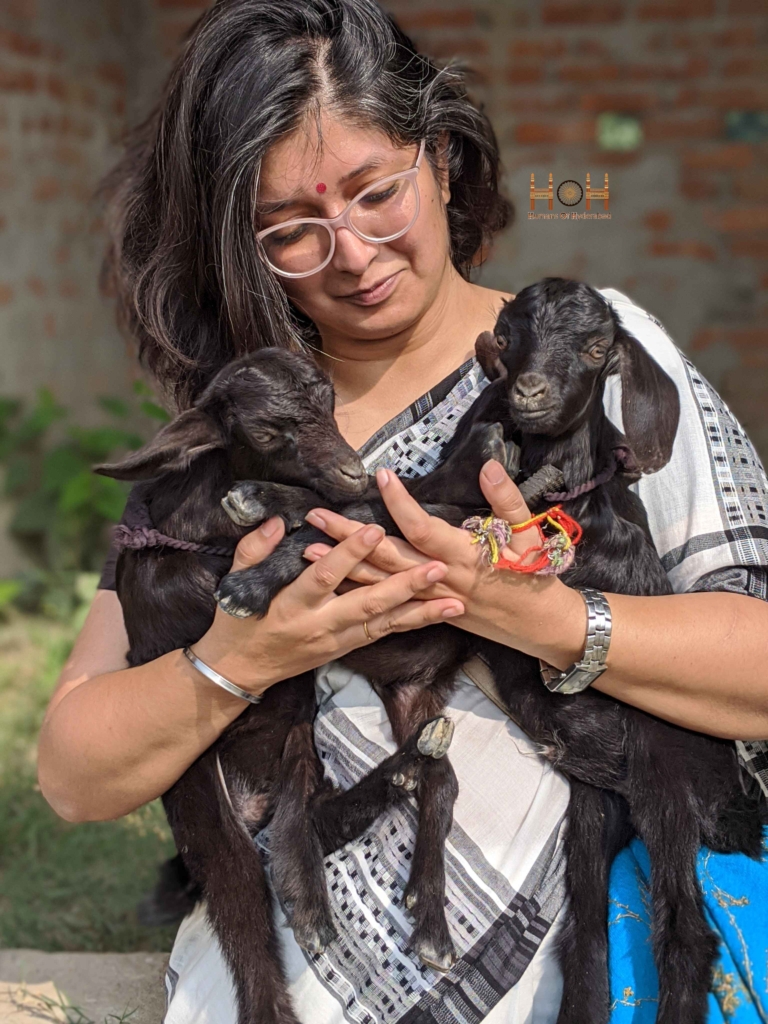
Balancing work and personal life has been tough, especially after becoming a mother. Before, my biggest struggle was missing time with my pets due to work travel. Now, it’s about handling the emotional intensity of my work while also being present for my toddler. There’s always guilt—whether it’s about not doing enough at home or at work. But I’m lucky to have a supportive husband, family, and an organisation that allows flexibility to manage both worlds.
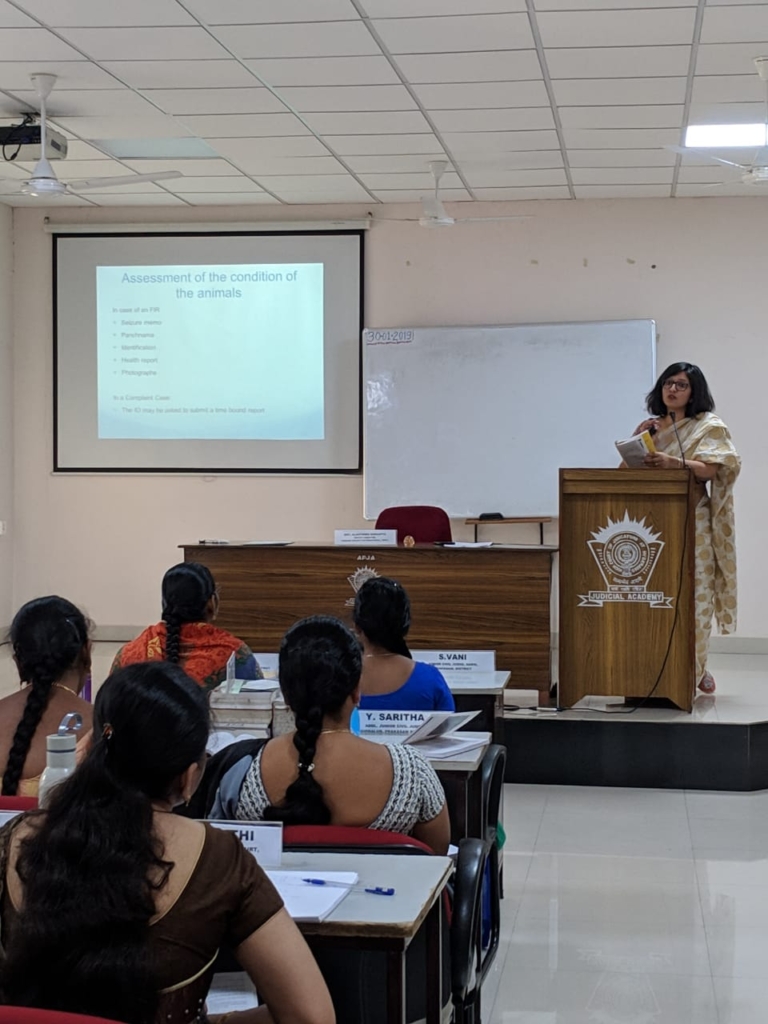
My vision for animal welfare is to see a world where NGOs like ours aren’t needed because compassion and anti-cruelty values are so ingrained in society. That may not happen in my lifetime, but I want to see animal welfare taken as seriously as other social issues. I also want the movement to be more inclusive, especially for marginalised communities that are most affected by human-animal interactions. I hope to work towards that, both in Humane World for Animals India and across the larger movement.
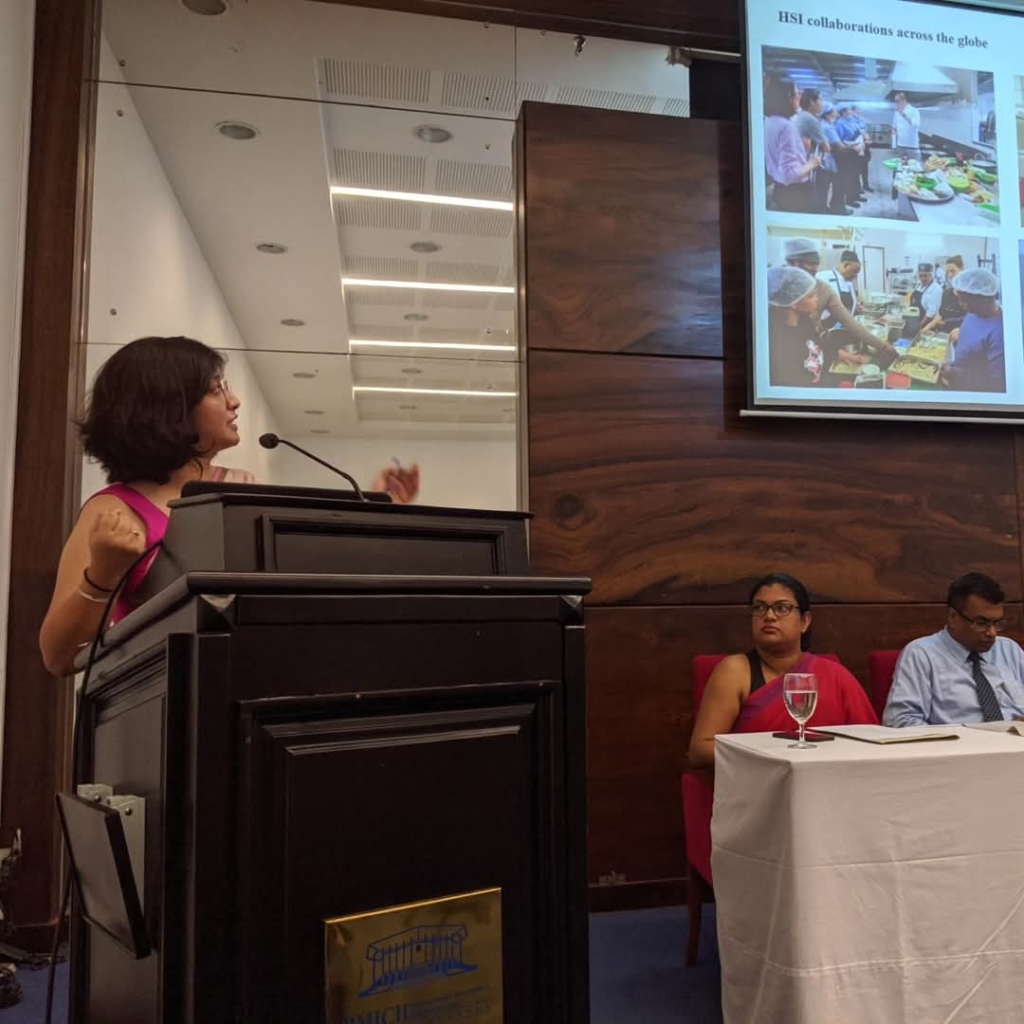
On February 14th, we launched our new global name and logo. Bringing all our offices together under Humane World for Animals is a big step forward. To me, it represents a more compassionate and fair future—one where people and animals can coexist, and animal welfare becomes a norm rather than an afterthought.”
- Alokparna Sengupta, Managing Director, Humane World for Animals India
